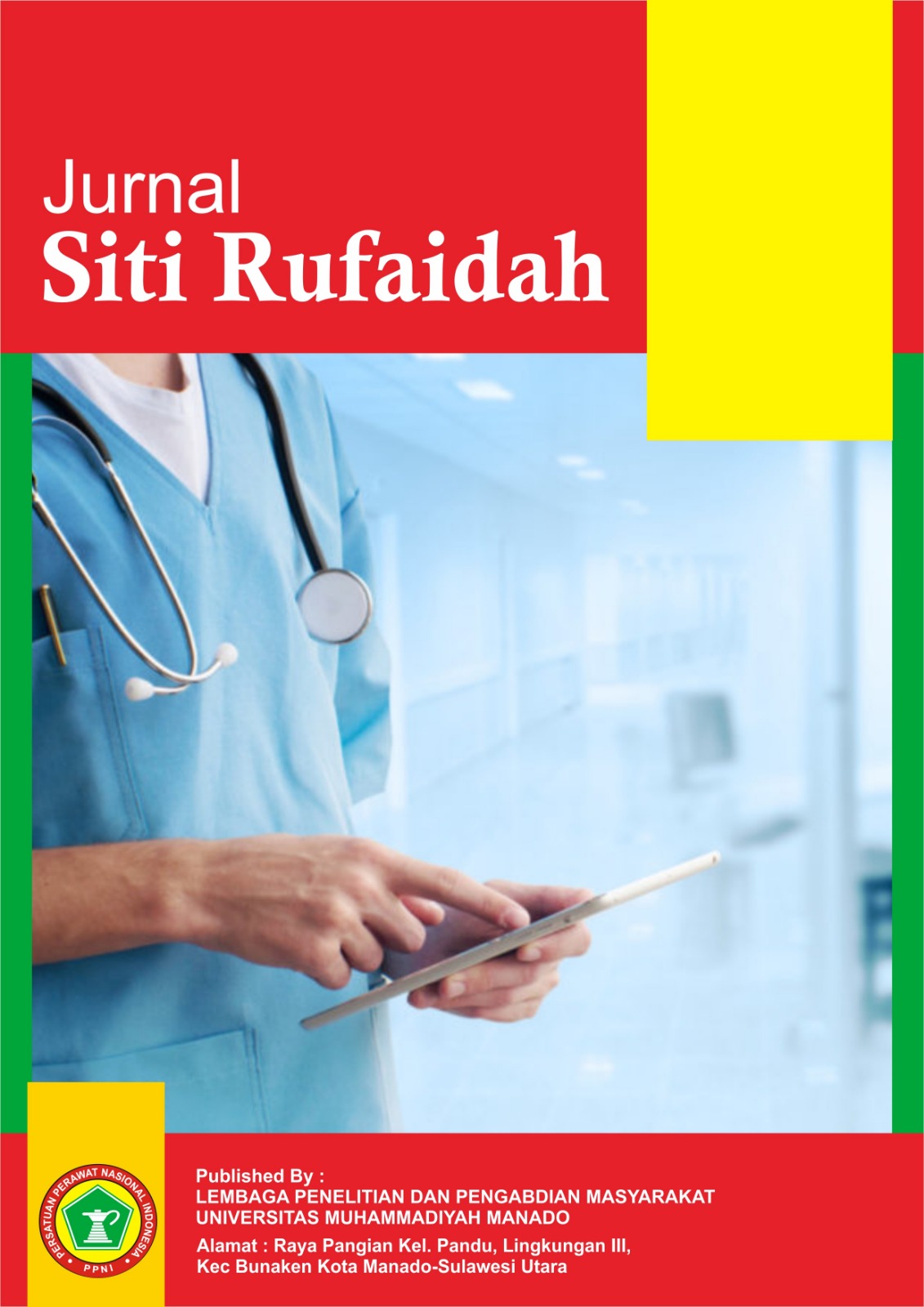Pengaruh Pemberian Jus Jambu Biji Merah terhadap Peningkatan Kadar Hemoglobin pada Ibu Hamil Trimester III di PMB Debby, Deli Serdang Tahun 2022
DOI:
https://doi.org/10.57214/jasira.v2i4.186Keywords:
Red Guava Juice, Hemoglobin, Trimester IIIAbstract
One of the indicators based on the Sustainable Development Goals (SDGs 2030) is to support welfare and ensure a healthy life for all at all ages with the most important point being to reduce maternal mortality to less than 70 per 100,000 live births and prevent neonatal and toddler mortality rates of at least 12 per 1000 live births and 25 per 1000 live births in toddlers. A study was conducted to determine the effect of giving red guava juice on changes in hemoglobin levels in pregnant women in the third trimester at PMB Debby Deliserdang in 2022. In this study, the sample used was all pregnant women in the third trimester in March to May 2022, totaling 12 people. The study showed that in the intervention group before giving red guava juice, the majority had moderate anemia with a frequency of 8 respondents (66.7%) and a minority were normal with a frequency of 1 respondent (8.3%). Meanwhile, after giving red guava juice, the majority were normal with a frequency of 7 respondents (53.8%) and a minority of moderate anemia as much as 1 respondent (8.3%). The results of the analysis test in this study using Mann Whithney showed a P-Value of 0.022 (P <0.05), namely that there is an effect of giving red guava juice on increasing hemoglobin in pregnant women in the second trimester. Pregnant women, especially pregnant women who experience anemia, are expected to routinely consume red guava juice because if consumed properly, red guava juice has many benefits, especially for pregnant women so that it can meet the nutritional needs required by the body and can maximize iron absorption.
References
Almatsier, S. (2009). Prinsip dasar ilmu gizi. Jakarta: PT Gramedia Pustaka.
Badan Pusat Statistik. (2018). Survei Penduduk Antar Sensus (SUPAS).
Badriah, D. (2011). Gizi dalam kesehatan reproduksi. Bandung: Refika Aditama.
Faatih, M., Abdulrahman, R., & Nurhayati, E. (2017). Penggunaan alat ukur hemoglobin di puskesmas, polindes, dan pustu. Jurnal Penelitian dan Pengembangan Pelayanan Kesehatan.
Goodman. (2008). Dasar farmakologi terapi. Jakarta: ECG.
Hutahaean, S. (2013). Perawatan antenatal. Jakarta: Salemba Medika.
Kementerian Kesehatan Republik Indonesia. (2015). Profil Kesehatan Indonesia 2015. Jakarta: Kementerian Kesehatan RI.
Kusmiyati, Y. (2010). Asuhan kehamilan. Yogyakarta: Tirtamaya.
Kuswanti, I. (2014). Asuhan kehamilan. Yogyakarta: Pustaka Pelajar.
Manuaba. (2012). Ilmu kebidanan, penyakit kandungan, dan keluarga berencana. Jakarta: EGC.
Marmi. (2011). Asuhan kebidanan pada natal masa ant. Yogyakarta: Pustaka Pelajar.
Maylina, L. A. (2010). Hubungan antara konsumsi pangan sumber protein, zat besi dan vitamin C dengan kejadian anemia siswa sekolah dasar (Skripsi, Universitas Jember).
MIMS Indonesia. (n.d.). Petunjuk konsultasi (Edisi ke-15). Jakarta: PT Mediata Indonesia.
Prambudi, G. (2019). Perbedaan hemoglobin dengan metode point of care testing dan cyanmethemoglobin (Tugas Akhir).
Prawirohardjo, S. (2014). Ilmu kebidanan (Ed. 4, Cet. 3). Jakarta: EGC.
Proverawati. (2011). Anemia dalam kehamilan. Yogyakarta: Nuha Medika.
Riset Kesehatan Dasar (Riskesdas). (2018). Badan Penelitian dan Pengembangan Kesehatan, Kementerian Kesehatan Republik Indonesia.
Saifuddin. (2009). Buku panduan praktis pelayanan kesehatan.
Soebroto, I. (2010). Cara mudah mengatasi problem anemia. Yogyakarta: Bangkit.
Sukarni, I., Mulyani, R., & Handayani, N. (2013). Kehamilan, persalinan, dan nifas. Yogyakarta: Nuha Medika.
Sulistianingsih, A., Yanti, D. A. M., & Oktarina, L. (2017). Hubungan ketepatan waktu konsumsi tablet besi dengan kejadian anemia pada ibu hamil TM III di wilayah kerja Puskesmas Pringsewu Lampung. Viva Medika, 10.
Varney, H., Kriebs, J. M., & Gegor, C. L. (2015). Buku ajar asuhan kebidanan (Edisi 4, Vol. 2). Jakarta: EGC.
Waryana. (2010). Gizi reproduksi. Yogyakarta: Pustaka Rahima.
World Health Organization. (2016). WHO recommendation on antenatal care for a positive pregnancy experience. Switzerland: Department of Reproductive Health and Research, WHO.
Yayasan Bina Pustaka Sarwono Prawirohardjo. (n.d.). Maternal dan neonatal. Jakarta: Yayasan Bina Pustaka Sarwono Prawirohardjo.
Downloads
Published
How to Cite
Issue
Section
License
Copyright (c) 2024 Jurnal Siti Rufaidah

This work is licensed under a Creative Commons Attribution-ShareAlike 4.0 International License.






